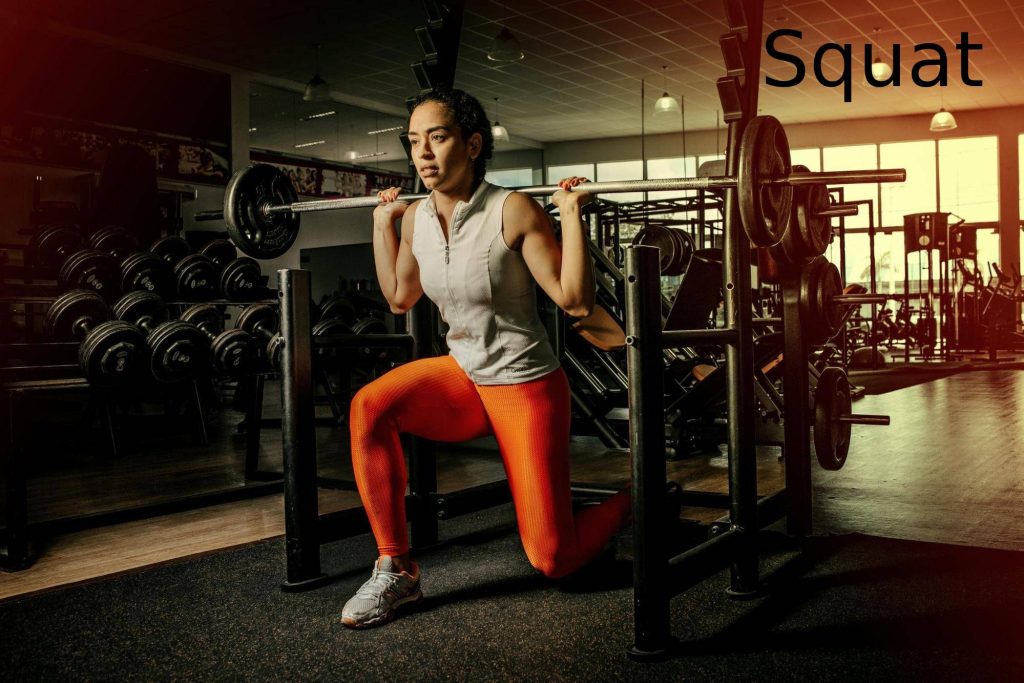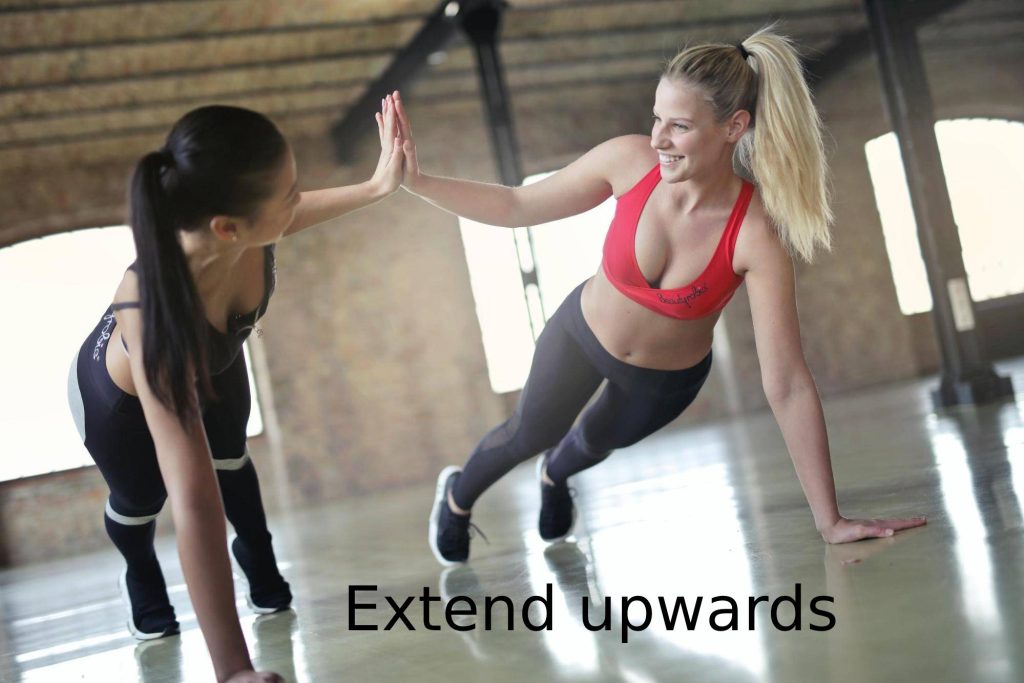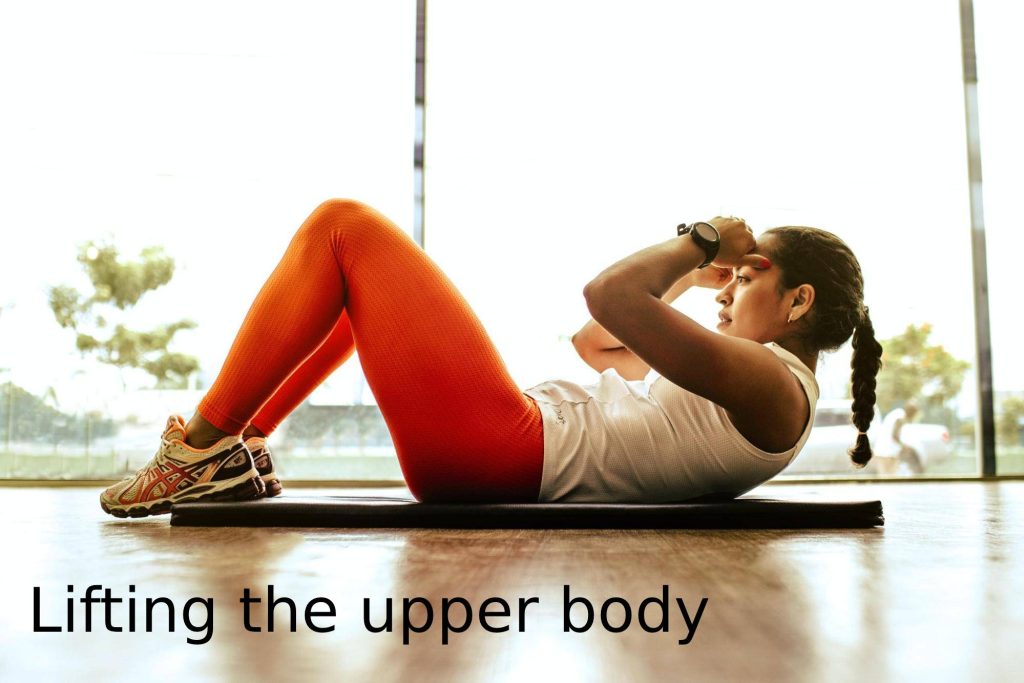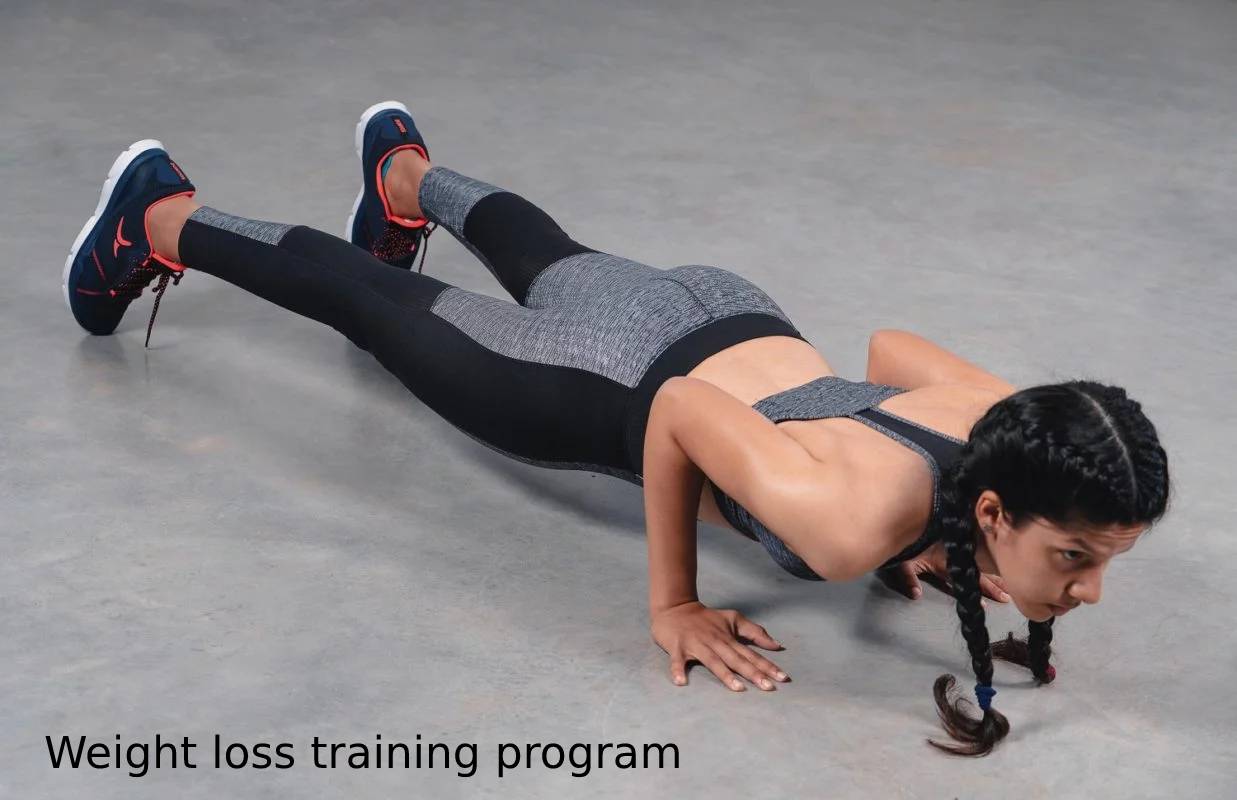There are many exercises for losing weight, depending on the age, physical characteristics and goals of the athlete. However, to lose weight, almost everyone must follow one basic rule: The body must create a certain deficit between the energy intake in the form of food and the energy expenditure in the form of exercise. The human body needs exercise that uses as much energy as possible, i.e. uses large muscle groups. Today, together with fitness trainer Alexey Bekshaev, we discuss five universal exercises that can help you lose weight.
Squat
One of the largest muscle groups is the legs, and the most classic exercise for them is the squat. The squat is a dynamic strength exercise that uses several muscles of the upper and lower body simultaneously. Many of these muscles help people perform everyday activities such as walking, climbing stairs, bending over or carrying heavy objects.
The muscles that work during the squat are:
- Gluteus maximus, gluteus minimus, and gluteus medius;
- Quadriceps (front part of the thigh);
- Biceps femoris (back of the thigh);
- Adductor muscles;
- Hip flexors;
- Calves.

In addition to the lower body, squats also train the upper body, namely the straight abdominals, oblique abdominals and transverse abdominals, as well as the muscles that straighten the spine. For a simple squat, place your feet shoulder-width apart or slightly wider. Your back should be straight and your weight should rest on your heels. Lower your hips so that they are parallel or nearly parallel to the floor. Hold the exhalation for 1-2 seconds and return to the starting position. This exercise can also be varied with additional weights and exercise bands.
If you are an experienced athlete, you can add jumping jacks to your workout to improve your explosive power, speed and fighting ability. A study was published in the journal Sport Science and Medicine on the effects of jumping exercises performed three times a week for 8 weeks. The results suggest that such exercises improve sprint performance and explosive power in athletes.
Pull-ups on the lower bar
Another major muscle group is the back. There are many different exercises for the back muscles (pull-ups, push-ups and upper body stretches).
In this exercise, it works:
- Back muscles;
- biceps;
- the deltoid muscle;
- forearm muscles;
- lower back muscles.
Depending on the height of the bar and the position of the body and legs, additional pressure is applied to the rectus abdominis, buttocks and other muscles. Depending on the fitness level, the user can adjust the angle of the bar, the height of the bar and the body position to increase or decrease the load during the exercise.

Extend upwards
The overhead stretch is one of the best exercises for strengthening and loading the lower back. It causes a dynamic stretch in the lower back muscles, and the effectiveness and results are noticeable after one to two weeks of practice. It is also a good exercise to prevent lower back injuries.
The muscles of the lower back stabilize the spine and contribute to proper posture. They help you bend forward, twist to the side, and lift objects off the floor. All stretches of the back should be done slowly and with special control. Sudden movements, such as in one direction, should be avoided as they can lead to injury. If you are in doubt about the proper execution of an exercise, consult your trainer to reduce the risk of injury.
Once you have mastered the basic execution of the exercise, you can try increasing and varying the load. Try lifting your arms and legs at the same time. Lie down on a mat. Stretch your arms straight out in front of you, keeping your neck relaxed and in line with your spine. Then:
- Raise your arms 3-7 inches off the floor, gently lifting your chest. At the same time, raise your legs to the same height;
- Hold the limbs under load for 3-5 seconds;
- Lower your arms and legs to the floor.
Once you get used to the exercise, you can increase the time you hold your arms and legs to increase the effort.

Push-ups
The fourth exercise is the classic push-up in the horizontal plane. These can be done almost anywhere and require no equipment. Traditional push-ups are useful for building upper body strength. A great way to work the triceps and pectoral muscles.
To perform the exercise, keep your feet together, palms forward and shoulder width apart. Neck, back and legs should be in a straight line. As you move down, bend your elbows with your arms in line with your body. Hold the low position for 1-2 seconds and return to the starting position.
The good thing about push-ups is that they are hard for the body to get used to, as there are so many variations that can exercise the human muscles in different ways. If you find it difficult at first, try putting your knees on the floor.
Lifting the upper body
The fifth is the so-called “abdominal exercise”, which involves lifting the upper body and twisting the rectus abdominis muscles. By performing different variations of this exercise correctly, you can perfectly load large groups of different abdominal muscles while reducing the fat layer in this area.
How to do straight abdominal crunches.
- Lie down in a prone position. Depending on the intensity of the load, the legs can be bent or flat, the hips pressed against the floor and the hands clasped behind the head.
- Exhale and slowly raise your upper body to or near an upright position.
- Then slowly return to the original position and repeat the exercise.
Remember that the spine is supported by both the back and abdominal muscles. These muscles also play an important role in many daily activities. There are many variations that load the abdominal muscles and provide effective exercise for each group.

However, some studies suggest that lifting exercises such as lying down or hanging can overload the iliopsoas muscles. This results in overloading of the hip joints, leading to poor posture.
How many sets of these exercises should I do and how often?
According to Alexei, it all depends on the individual. Each athlete can determine his or her own format for exercises and sets. For weight loss, the coach recommends a circular workout where five exercises follow each other.
Beginners can perform all five exercises to lose excess weight. In the early stages, they can do all five exercises, spending 15-20 seconds on one exercise, then the next, and so on. There are three of these rounds. Rest for 2-3 minutes between each round.
